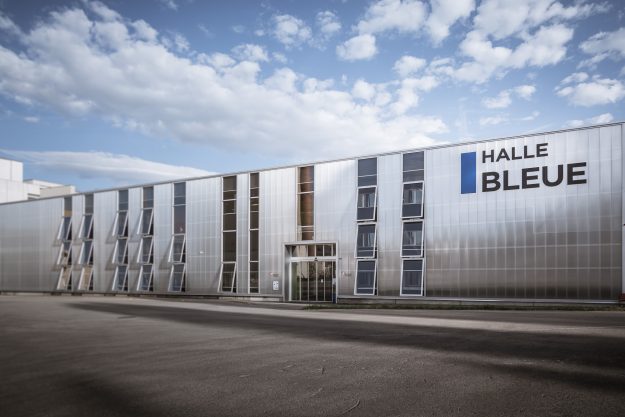Despite their very promising building energy storage capabilities, PCM are still in the investigating phase before a large potential deployment. This is due to several challenges facing PCM [1] such as a high storage capacity, an efficient heat extraction [2] and the ability to drive the PCM charge and discharge as simply as for electrical batteries. We developed therefore a new concept to store an important amount of heat in isolated PCM walls and efficiently extract it as soon as required. We built in this context a 2x2x1m testbed, shown in Figure 1, with a hot water circuit charging the PCM wall and an internal ventilation to discharge it. As both processes are independently controlled, the system can be steered between its charge, storage and discharge modes. We performed measurements and simulations for a day cycle (Figure 2) with a loading phase in the afternoon, a storage phase overnight and a discharge phase in the morning. The afternoon loading can be supplied from local renewable energy and lead by that way to energy autonomous buildings. Thanks to ventilation, the “Lehmorange” PCM plates containing 5kg/m2 micronal (Tc=23°C) showed an efficient heat transfer with a room temperature increase of +5°C in 40 minutes. The simulations performed with IDAICE 4.7.1 also displayed of +5°C increase but slightly slower. Similarly, simulations performed for a reference building with heat transfer coefficient U=0.15 W/(m K) and without overnight heating showed a recovery of comfort temperature in less than one hour with the PCM discharge.

Numerical and experimental characterization of an innovative PCM storage system